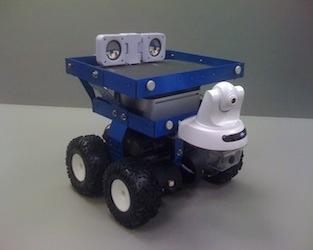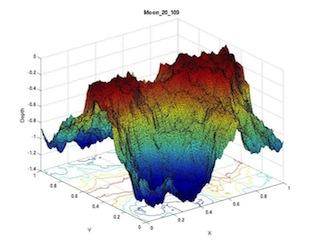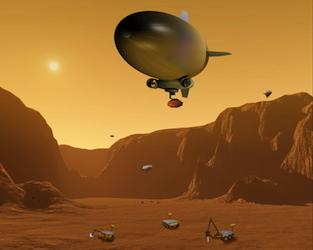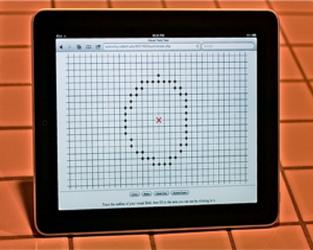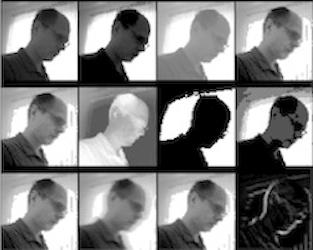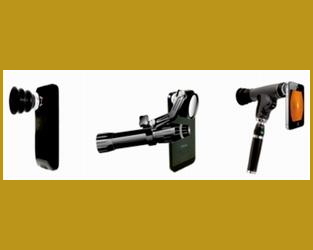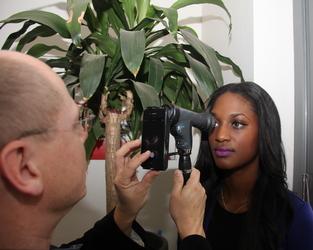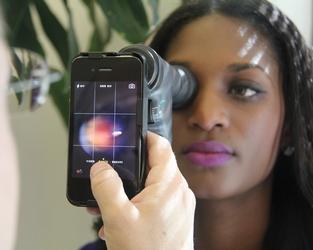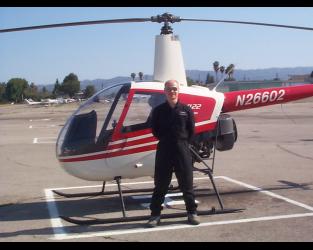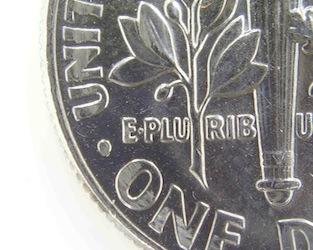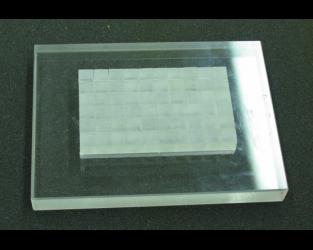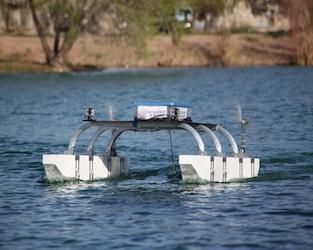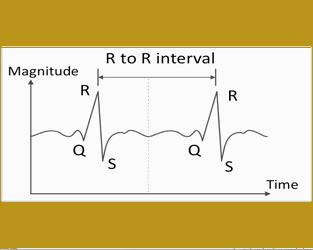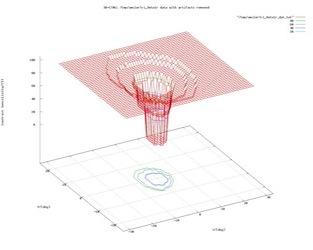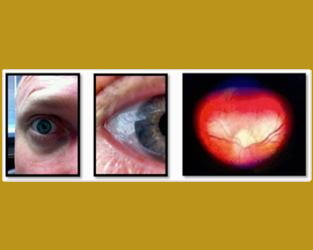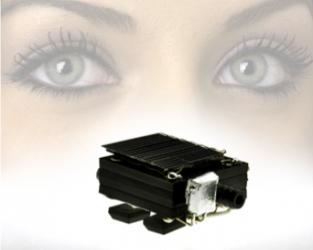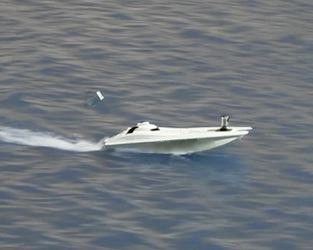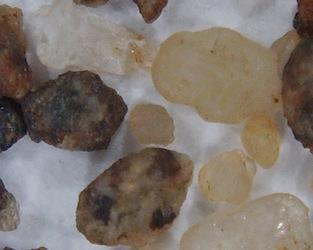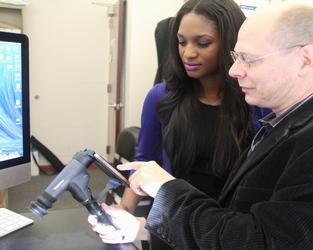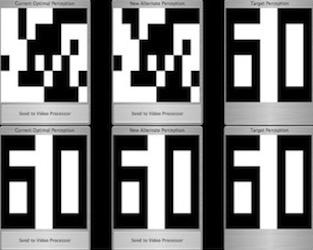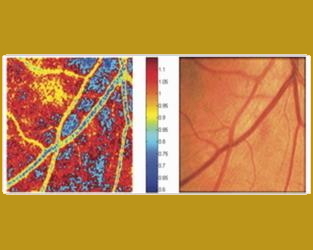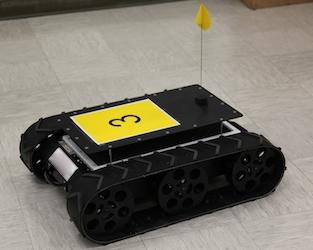PupilQuest: Modelling of the Pupillary Pathway
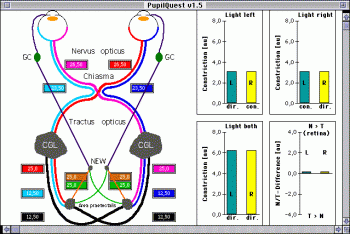
Derived from models of neural networks, a model for the pupillary pathway is introduced that can easily be handled computationally and analytically. To model the binocular pupillary reactions we use a feed-forward network, namely, a multi-layered perception. It is possible to calculate the pupillary reactions analytically as a function of the light stimuli of the retinal hemifields, on the one hand, and the set of neural couplings between the neural layers, on the other. Several lesions, e.g., lesions of the intercalated neurons between the afferent and efferent pupillary pathways, can be simulated within the model and the corresponding pupillary reactions such as anisocoria or relative afferent pupillary defects (RAPD) can be calculated analytically. Due to its neural network structure the model described herein can easily be extended to much more complex pupillary pathways while remaining calculable computationally and analytically.



